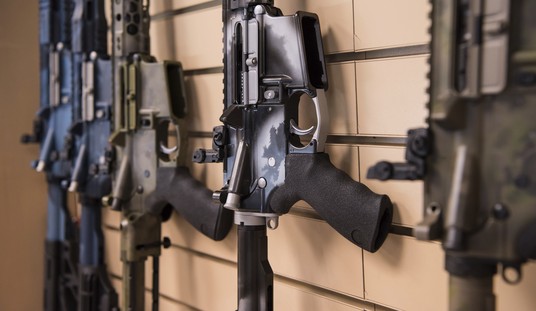If you spend much time talking to anyone about optics or optics quality, eventually the conversation will turn to low-light performance. How an optical device, be it a scope of binocular, performs when ambient light approaches zero has become the defining factor of optical quality.
What most people don’t know is that the number one determining factor in low-light optical performance is exit pupil, and exit pupil is largely determined by the user, not the optics.
While glass quality, coatings, and prism or lens design all contribute to low light performance, none of these can overcome the laws of physics and biology. Most of us understand that the pupil in our eye expands on contracts based on ambient light availability. The brighter the ambient light, the smaller our pupil. The bright light provides enough information to our eye to be able to process without expanding the pupil to gather processing power. As light dims, our pupil must expand to be able to process the same information. Eventually, as the pupil expands, the eye loses the ability to distinguish colors, textures, and edges. That is why when you walk thru your yard at night, the blue wheelbarrow and grey swing look the same color. It’s only in the light of day that your eye can distinguish the different in the tints. A normal, healthy eye can dilate to roughly 7mm, but 4mm is the general accepted threshold for full visual performance in low-light.
What does all that mumbo jumbo mean when it comes to performance of optics in low-light?
When looking through an optical device your eye can only process the column of light that device delivers to your eye. That is the exit pupil. Simply put, the exit can be calculated by dividing your objective lens diameter by the magnification being used. Using the 4mm measurement as the minimum threshold for performance you can determine if the scope or binocular can provided you adequate viewing at low light.
For example, a standard 3-9×40 scope has an exit pupil range of 13.3mm to 4.4mm. We get this by simply dividing the objective lens diameter of 40mm by the magnification, in this case three and nine. We can see why this has become the most popular scope chassis in the US. No matter what it is set on, you are certain to see fine during low light, as the exit pupil stays well above the 4mm lower limit.
Conversely, if we do the math on a 4-16×44, we see an exit pupil range of 11mm to 2.75mm. If using such a scope chassis in low ambient light, you may have to dial the scope back from 16X to 10X to receive a suitable exit pupil for low-light shooting.
The same math applies to binoculars. If you are bird watching during high light of the day, a 10×32 binocular will suit you fine. But the same binocular may not be the best choice for hunting whitetail deer, when glassing at first and last light is very important.
The next time you consider an optics purchase, be sure to think about the light conditions you expect them to perform in. Proper chassis selection will ensure that your optics don’t fail when low-light is a factor.







Join the conversation as a VIP Member